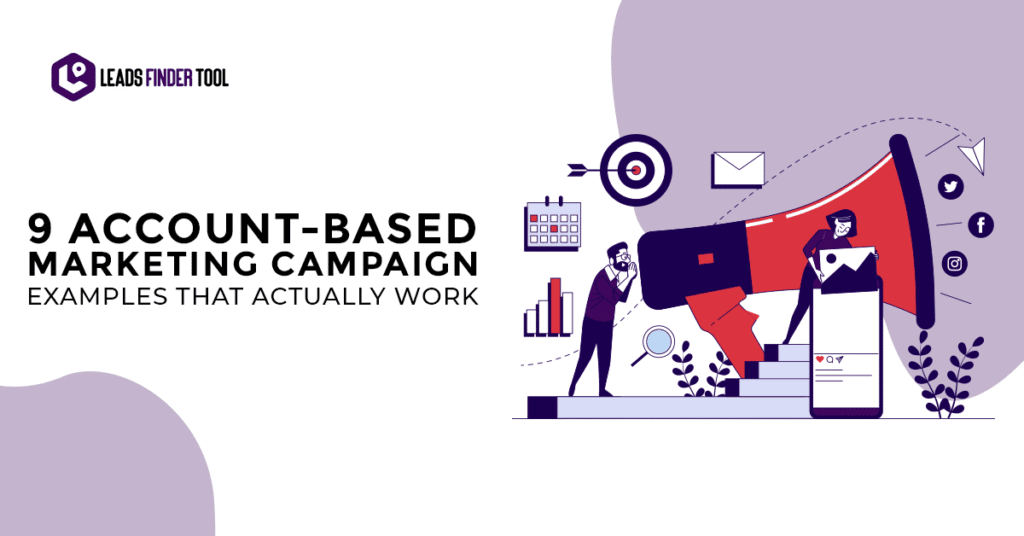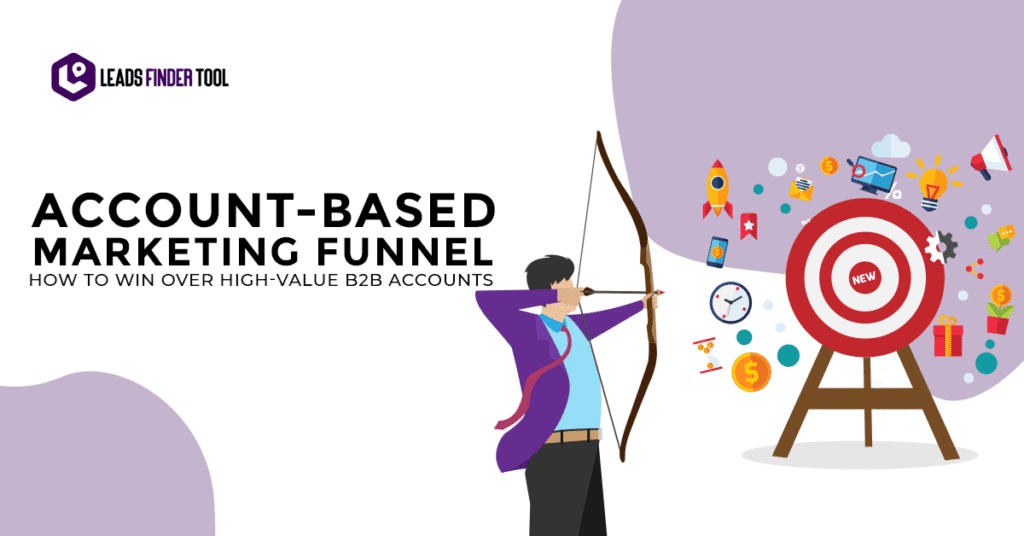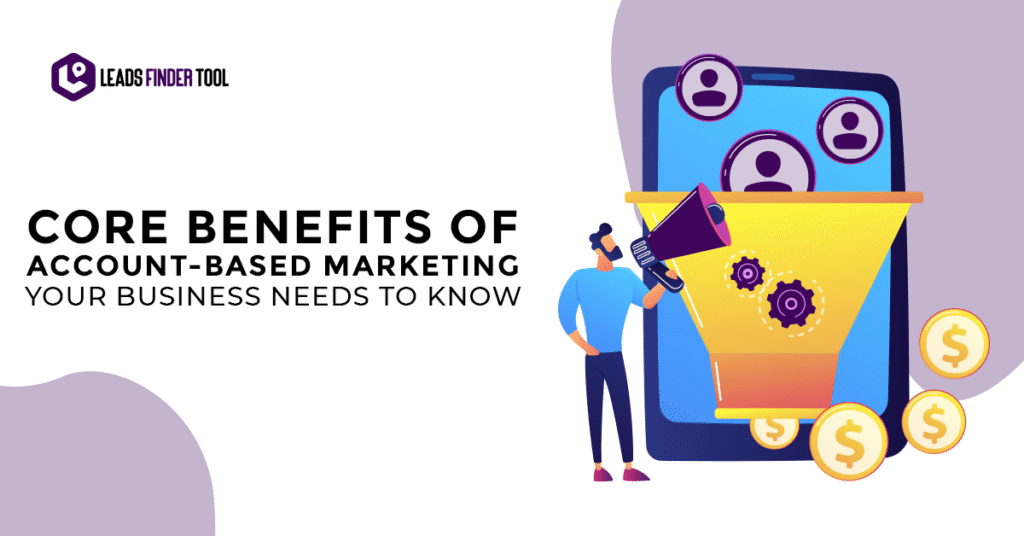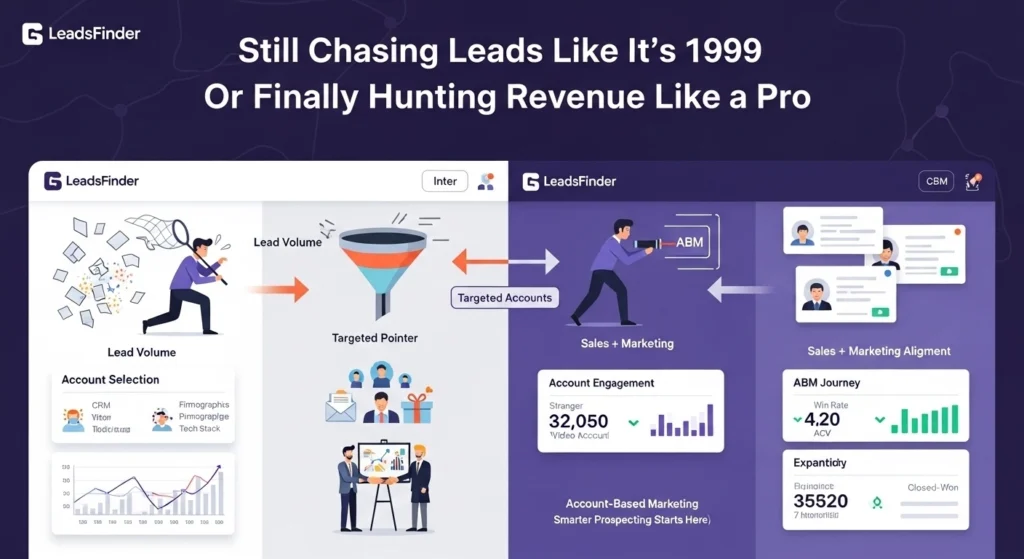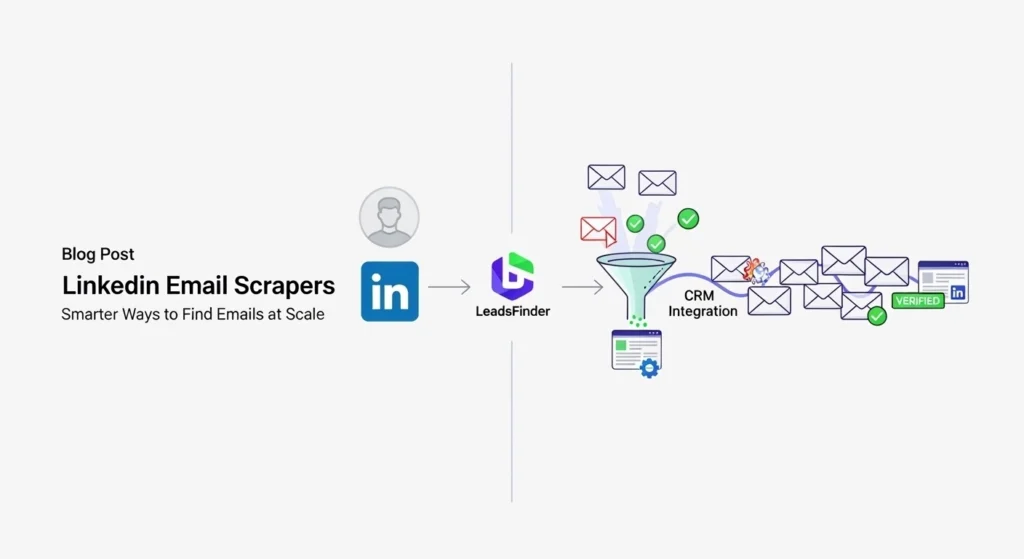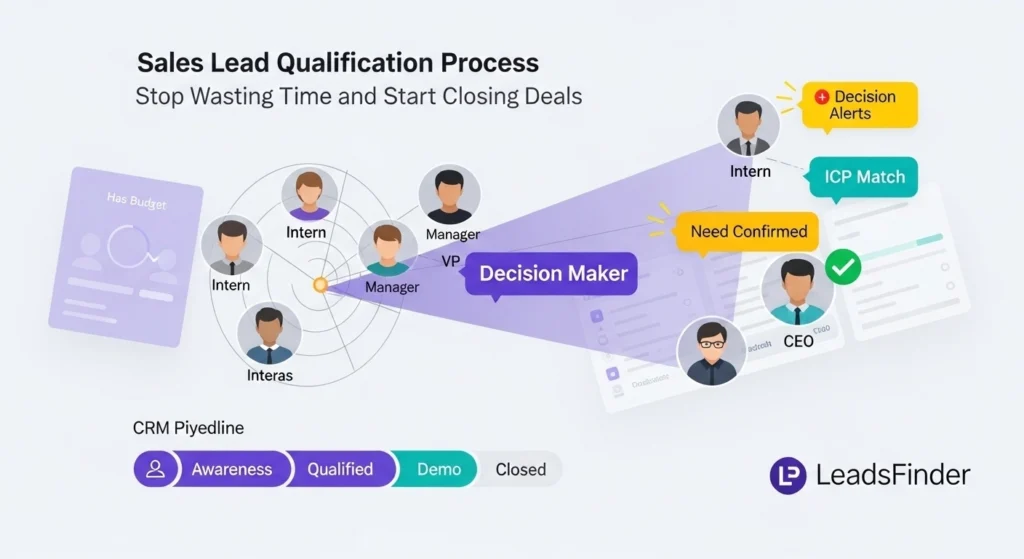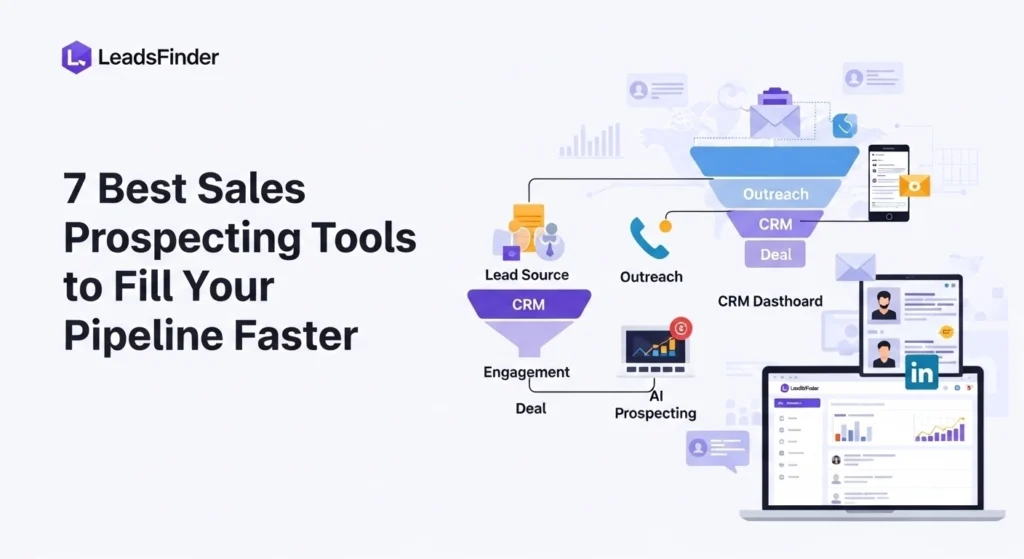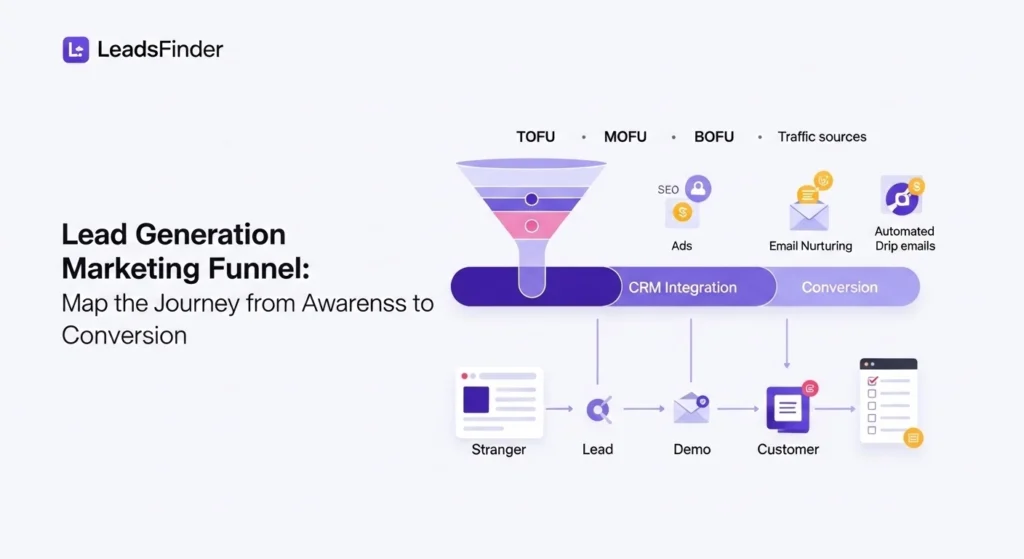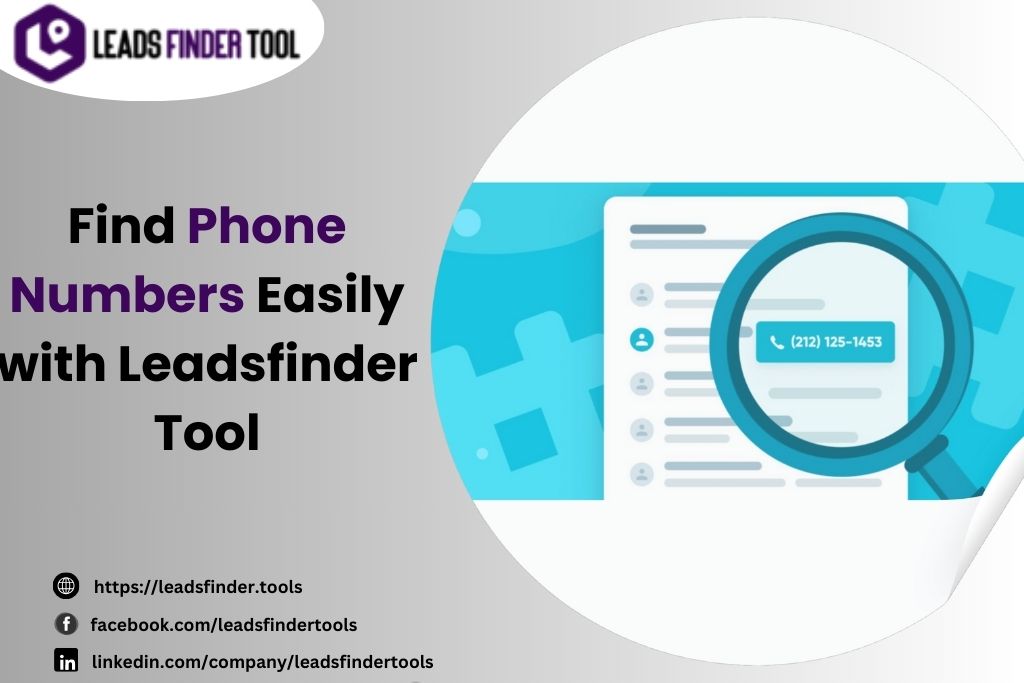9 Account-Based Marketing Campaign Examples That Actually Work
Let’s Be Honest: ABM Is Hard—Until You See What Actually Works Ever stared at a spreadsheet of high-value accounts and thought: Cool… but now what? ABM looks shiny in theory, custom messaging, tailored outreach, big logos on your dream list. But when it’s go-time? When it’s your pipeline on the line? That’s when most teams realize: “This is way harder than we expected.” Here’s what we’ve seen, working with ambitious startups and big-name B2Bs alike: The problem isn’t effort. It’s focus. Too many ABM programs chase tactics, not outcomes. So we pulled together this guide, not just fluffy ideas, but: By the time you hit the end, you’ll walk away with: Let’s get into it. What Exactly Is an ABM Campaign (in the Real World)? Forget the textbook definition. In practice, Account-Based Marketing (ABM) just means this: You stop shouting at the crowd and start whispering to the few that matter. Instead of mass-blasting generic messages, you zoom in on a handpicked list of high-value accounts. Then you design content, outreach, and experiences tailored just for them. And here’s the kicker: ABM isn’t just a marketing thing. It’s sales. It’s ops. It’s leadership alignment. Everyone’s pulling in the same direction, focused on the same accounts. Now let’s break down what that actually looks like, using campaigns we’ve seen move the needle. High-Intent, Highly Relevant ABM Campaign Examples These aren’t wishful ideas. These are account based marketing campaign Examples that worked, with receipts. 1. The “FOMO Ad” Play (Meta Ads + Customer Logos) Used by: B2B SaaS targeting mid-market accountsGoal: Create urgency and credibility for prospects in the same industry or ICP cluster How it worked: Why it worked: Prospects saw their competitors already using the tool FOMO triggered. Pipeline velocity spiked 3x in 30 days. 2. 1:1 Video Email + Direct Mail Combo Used by: Enterprise fintech vendorGoal: Break through the noise with personalization at scale How it worked: Why it worked: Human connection. Response rate was 42%, and 9 out of 15 target accounts booked demos. 3. LinkedIn Content Hijack Used by: Marketing platform targeting CMOsGoal: Get noticed by execs without pitching How it worked: Why it worked: Built familiarity before the pitch. Made outreach feel natural, not cold Mid-Level Related ABM Tactics That Still Work These ideas aren’t laser-focused, but still effective when layered in. 4. Web Personalization Based on IP Not ground-breaking, but adds a sharp edge when paired with outbound 5. Retargeting With Industry-Specific Content 6. Cold Email That Actually Reads Like a Human Wrote It Lightly Related ABM Ideas (That Might Spark Something New) These aren’t your core ABM engine but in the right context, they unlock creativity. 7. Invite-Only Roundtables for Target Accounts 8. Podcast Guest Outreach 9. Social Listening > Social Selling ABM Campaigns Only Work If Sales & Marketing Actually Talk If marketing is sending beautifully personalized packages and sales has no idea, they’ll follow up with a generic “Just checking in” email and kill the deal. Don’t let that happen. Align weekly. Share target account insights. Review open pops together. Make sure everyone knows: Ready to Build Your Own ABM Campaign? Start Here Here’s your jumpstart kit: Remember: You don’t need perfection. You need traction. And if you want help finding verified contact data, buyer signals, or tools to track ABM engagement across multiple channels? That’s what LeadsFinder is built for. Let’s turn your ABM ideas into actual revenue.
9 Account-Based Marketing Campaign Examples That Actually Work Read More »
